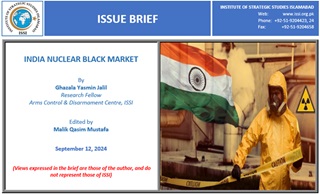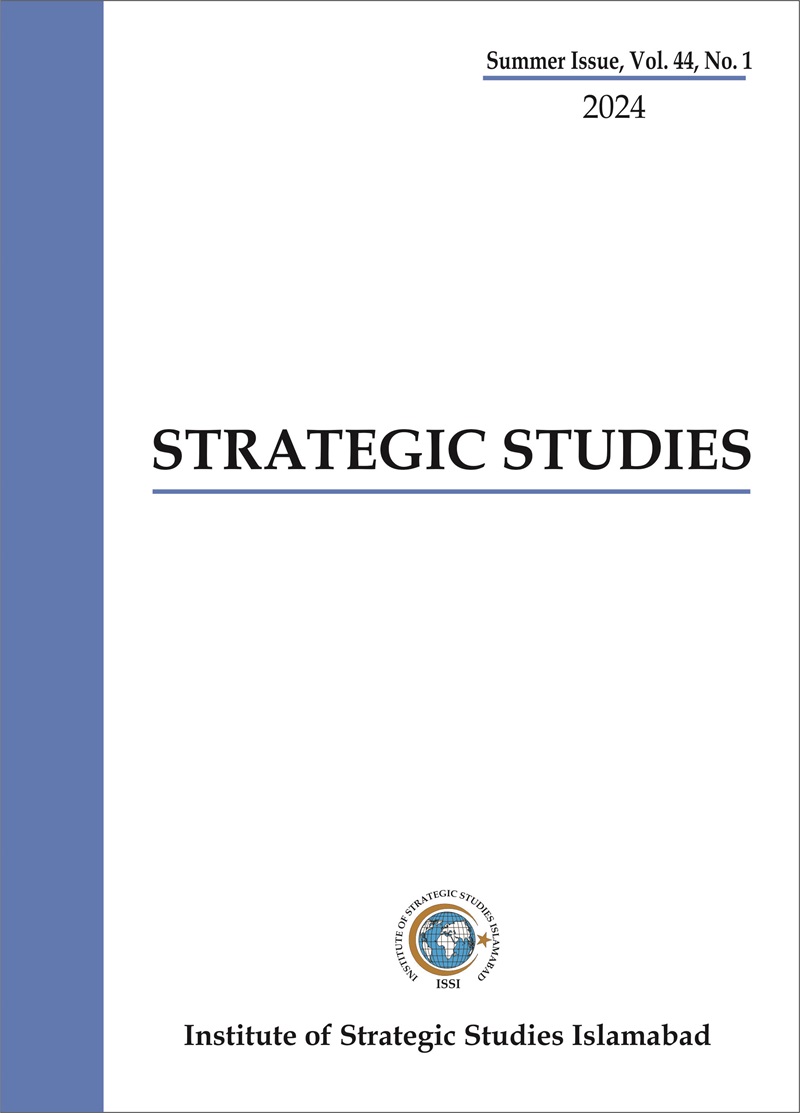In August 2024, a gang of individuals was found in illegal possession of a highly radioactive substance Californium in India, worth US$100 million. This is not an isolated incident. There have been a string of such incidents in India since the 1990s involving theft or illegal sale of radioactive substances. The latest incident is only the tip of the iceberg. Pakistan has time and again raised concerns over such incidents that raise questions over India’s nuclear safety and security. This exposes the myth of India’s ‘spotless’ non-proliferation record. It is important to assess what it means for India, the global non-proliferation efforts, and for neighboring countries like Pakistan that can potentially become victims of terrorist activities using radioactive material or dirty bombs.
Pakistan’s Foreign Office raised concern at the incident, underlining: “Pakistan is gravely concerned at the reports of recurring incidents of theft and illicit sale of nuclear and other radioactive materials in India…. These recurring incidents call into question the measures taken by New Delhi for the safety and security of nuclear and other radioactive materials. These incidents also suggest the existence of a black market for sensitive, dual-use materials inside India.”[1] The Foreign Office further noted that “three incidents of theft of Californium were also reported in 2021.” In July 2024 “five individuals with a radioactive device reportedly stolen from Bhabha Atomic Research Center (BARC) were also found in Dehradun.”[2] The styatement added:“The international community seeks an earnest disclosure from the Indian authorities as to how a sealed Radioactive Source (SRS) material, like Californium, was in the possession of the apprehended individuals. It is dangerous for such sensitive material in India to be routinely found in the wrong hands. Pakistan reiterates its call for a thorough investigation of these incidents and for adequate measures to prevent their recurrence.”[3]
















